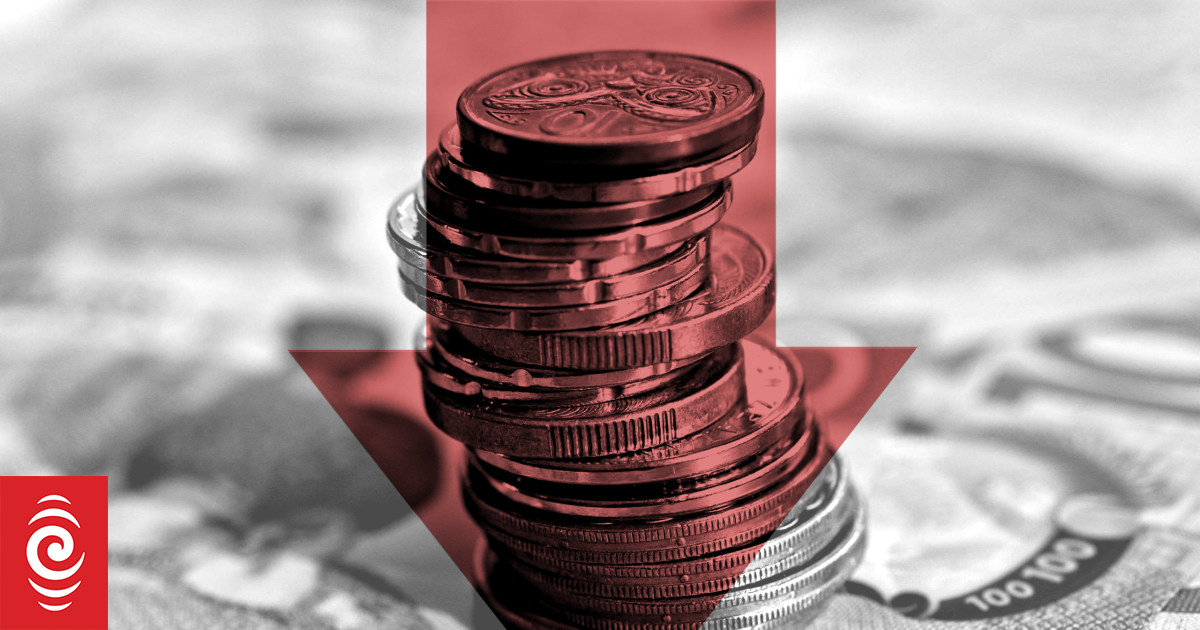When the Reserve Bank cut the official cash rate this week, it made it clear that it thinks it is likely that may be as low as the OCR goes this cycle.
Photo: RNZ
New Zealanders generally like to lock in for the cheapest home loan rates on offer.
But some commentators say it could pay off to try something different now.
When the Reserve Bank cut the official cash rate this week, to 2.25 percent, it made it clear that it thinks it is likely that may be as low as the OCR goes this cycle.
Wholesale interest rates lifted a little in response, and some market commentators have already turned their attention to when rates might start to rise again.
Economists at the country’s biggest bank, ANZ, said it was worth borrowers considering whether a longer-term fix might be sensible at present.
Six-month fixes are priced from 4.75 percent, one and two-year at about 4.49 percent, three years from 4.75 percent, and four and five-year terms from 4.99 percent.
ANZ’s economists said it was too soon to say with confidence when rates might start increasing.
“The key point for now is that wholesale rates have stopped falling. Competition is clearly hotting up, with banks offering cash incentives to switch and that will be welcome news to borrowers.
“But when it comes to which term to select, our broad thinking remains as it was a month ago: we believe mortgage rates are likely at or near their lows, and that it is thus worth considering longer terms. With very little separating rates spanning from one to five years, borrowers with differing levels of risk appetite should be able to find a term that satisfies their own cost/certainty trade-off sensitivities.
“Fixing for five years may suit some borrowers, but it may be too long for others, for whom two to three years might be the happy middle ground.”
They said wholesale rates had put a floor under fixed terms. The two-year swap rate was 2.65 percent before the October OCR cut, and then fell to 2.44 percent. It was 2.59 percent before the November decision, and is now back at more than 2.8 percent.
ANZ expected home loan rates to rise gradually through next year.
They calculated that the six-month rate would only work out to be the cheapest option if the one-year rate fell to 4.19 percent over the next six months. “That seems unlikely if the Reserve Bank doesn’t cut the OCR again.
” If we are at the bottom of the cycle, 18-month and two-year look good compared to one-year, and three years isn’t much higher, and rates in that vicinity likely offer a happy middle ground.”
Based on a market average rate of 4.79 percent for three years, they said fixing for a year for 4.49 percent would only be cheaper if it was still possible to fix for two years at 4.94 percent next year, or 18 months at 4.45 percent and then another 18 months at 5.13 percent.
Over two years, fixing for a year now would only be cheaper if the one-year rate remained at 4.49 percent in a year’s time.
David Cunningham, chief executive at Squirrel, said borrowers were not moving to longer fixes yet.
He said the propensity to fix a the cheapest rate possible was strong. When five-year rates were 2.99 percent, more people fixed for that price, “But still the bulk went to 2.25 percent for a year”.
He said interest rates could stay on hold for a year or a year-and-a-half. “It could be a year of nothing happening while wholesale rates bubble up and down.”
Cotality chief property economist Kelvin Davidson said he was starting to think about a longer-term fix. “That experience in 2021 is still sort of fresh in mind…people who fixed for five years in the middle of 2021, they’re still on those rates.
“It’s not necessarily something I will do but it’s definitely worth giving a thought to.”
Sign up for Money with Susan Edmunds, a weekly newsletter covering all the things that affect how we make, spend and invest money

